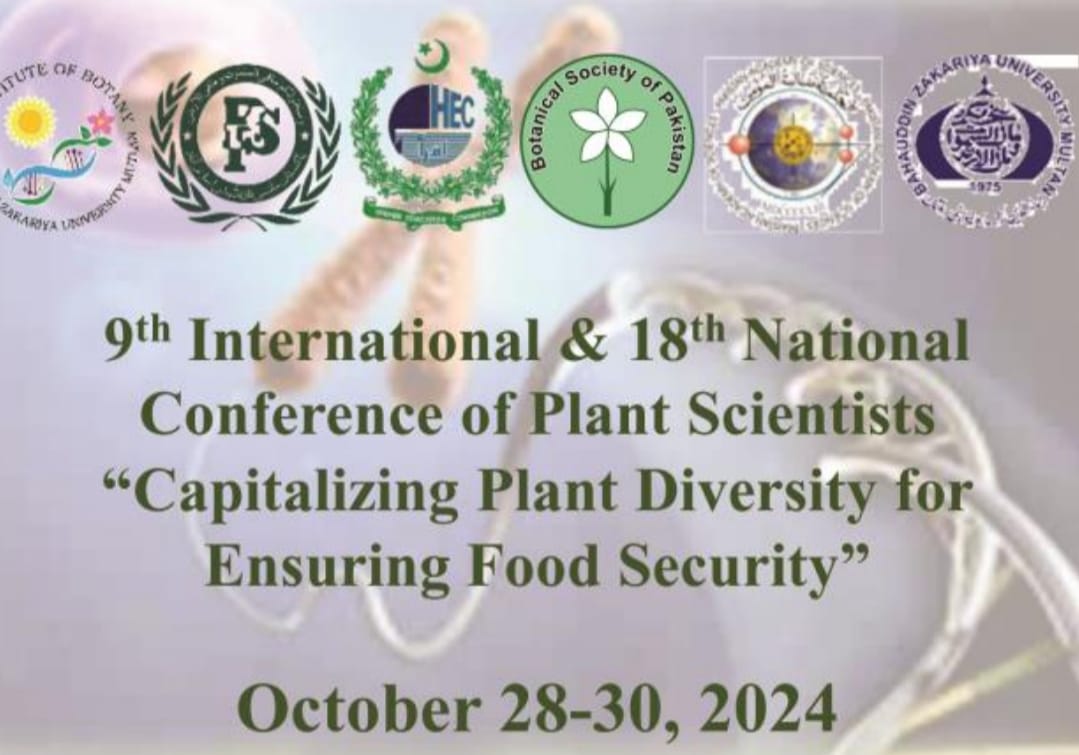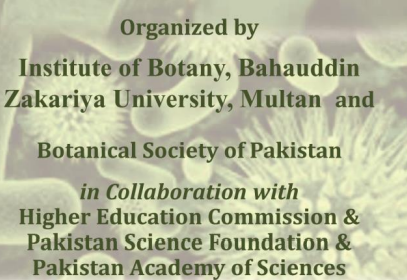-
-
-
-
-
-
-
-
-
-
ABDUL MUJEEB-KAZI1, ALEJANDRO CORTES2, ALVINA GUL1, MUHAMMAD FAROOQ4, FARAH MAJEED1, IFTIKHAR AHMAD4, HADI BUX3, MANILAL WILLIAM2, VICTOR ROSAS2 AND ROMAN DELGADO2
PRODUCTION AND CYTOGENETICS OF A NEW THINOPYRUM ELONGATUM / TRITICUM AESTIVUM HYBRID, ITS AMPHIPLOID AND BACKCROSS DERIVATIVES
Download PDF
-
-
-
-
-
-
-
-
-
-
-
-
-
-
-
-
-
-
-
-
-
-
-
-
-
-
-
-
-
-
-
-
-
-
-
-
-
-
-
-


